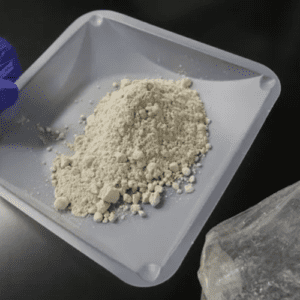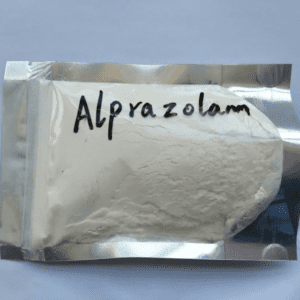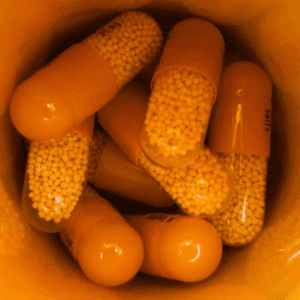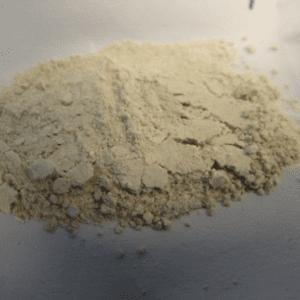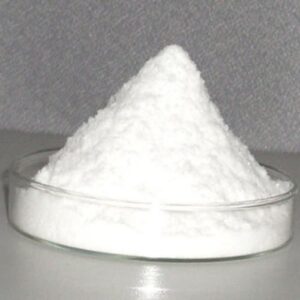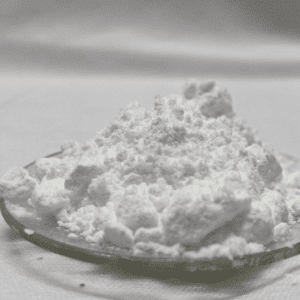Opioids
The Top Heroin, Oxycontin, and Painkiller Medications
In recent years, the opioid crisis has become a major public health concern, affecting millions of individuals across the globe.
Opioids, a class of drugs that include prescription painkillers, heroin, and synthetic opioids such as fentanyl, have been linked to a significant increase in addiction, overdose deaths, and other negative consequences.
The Top Opioids: Heroin, Oxycontin, and Painkiller Medications
1. Heroin
Heroin is a highly addictive opioid drug that is synthesized from morphine, a naturally occurring substance extracted from the seed pod of the opium poppy plant.
It is typically sold as a white or brown powder or as a sticky black substance known as “black tar heroin.” Heroin can be smoked, snorted, or injected, and it produces a rapid and intense high that is often followed by a feeling of relaxation and euphoria.
2. Oxycontin
Oxycontin, also known by its generic name oxycodone, is a powerful prescription painkiller that is commonly prescribed to manage moderate to severe pain. It is classified as a Schedule II controlled substance due to its high potential for abuse and addiction.
Oxycontin works by binding to opioid receptors in the brain and spinal cord, blocking pain signals and producing a sense of euphoria. However, misuse of Oxycontin can lead to physical dependence, addiction, and overdose.
3. Painkiller Medications
In addition to heroin and Oxycontin, there are a variety of other prescription painkiller medications that fall under the category of opioids. These include drugs such as hydrocodone (Vicodin), codeine, morphine, and fentanyl.
While these medications can be effective in managing pain when used as directed by a healthcare provider, they also carry a significant risk of misuse, addiction, and overdose.
Showing all 7 results
-
Alprazolam Powder
$50.00 – $2,000.00 -
Adderall XR 30mg
$90.00 – $350.00 -
Carfentanil Powder
$100.00 – $2,250.00 -
Buprenorphine Powder
$25.00
